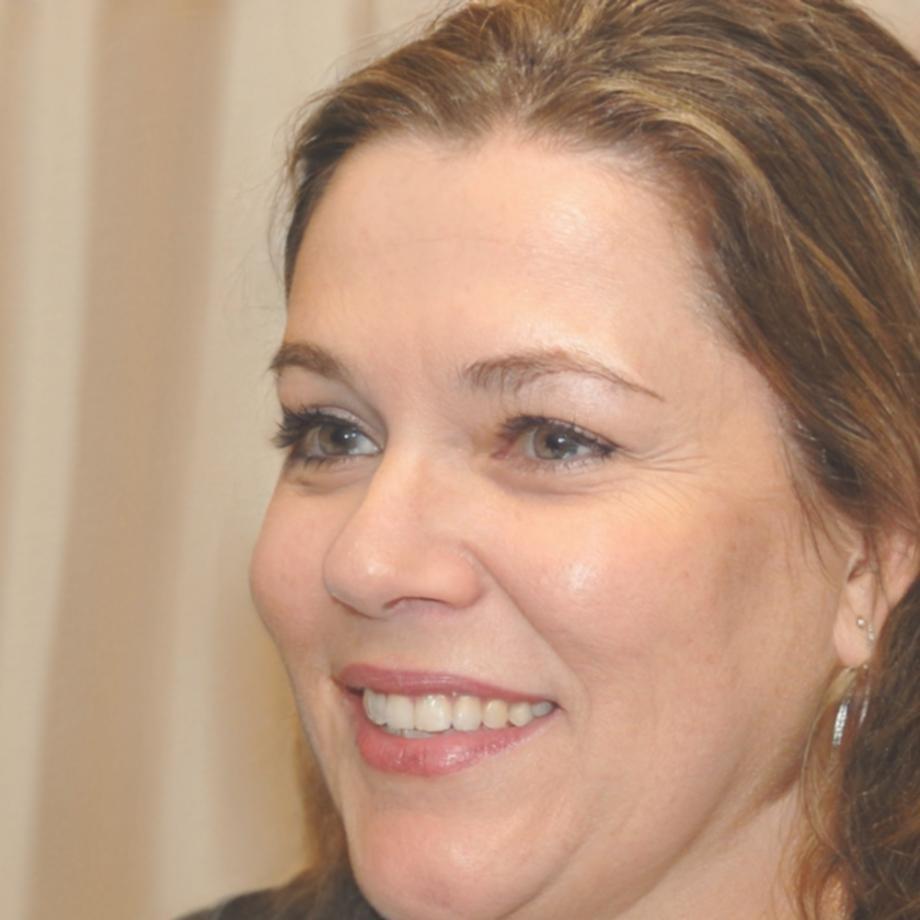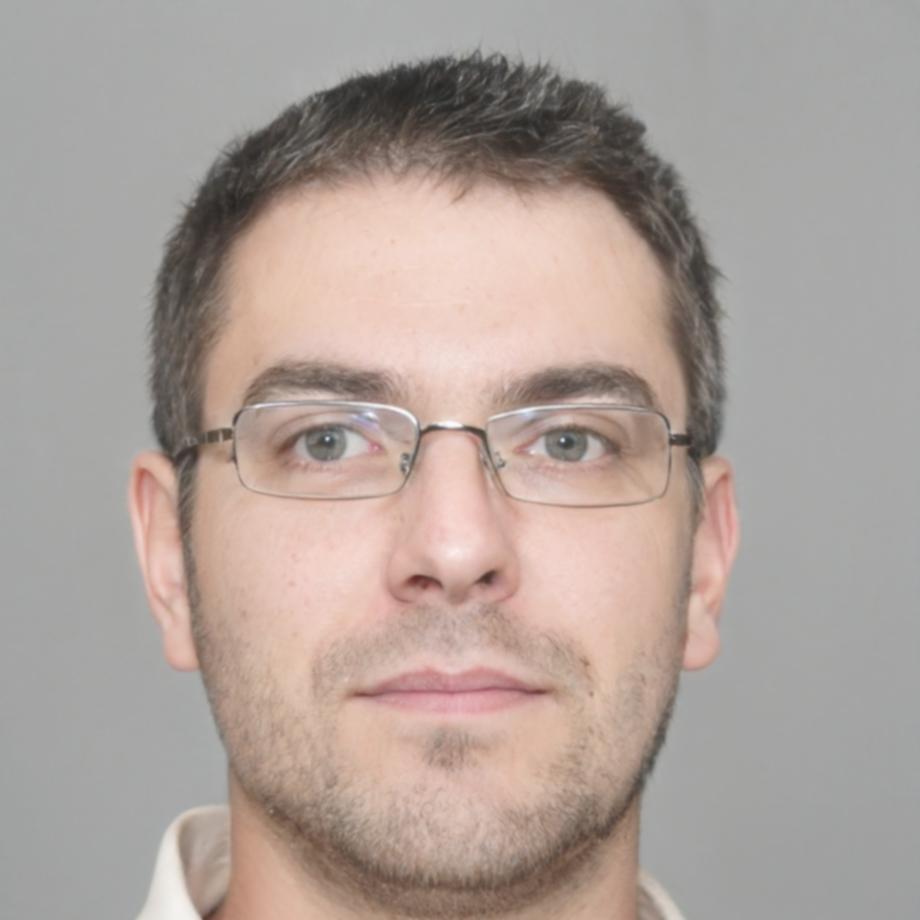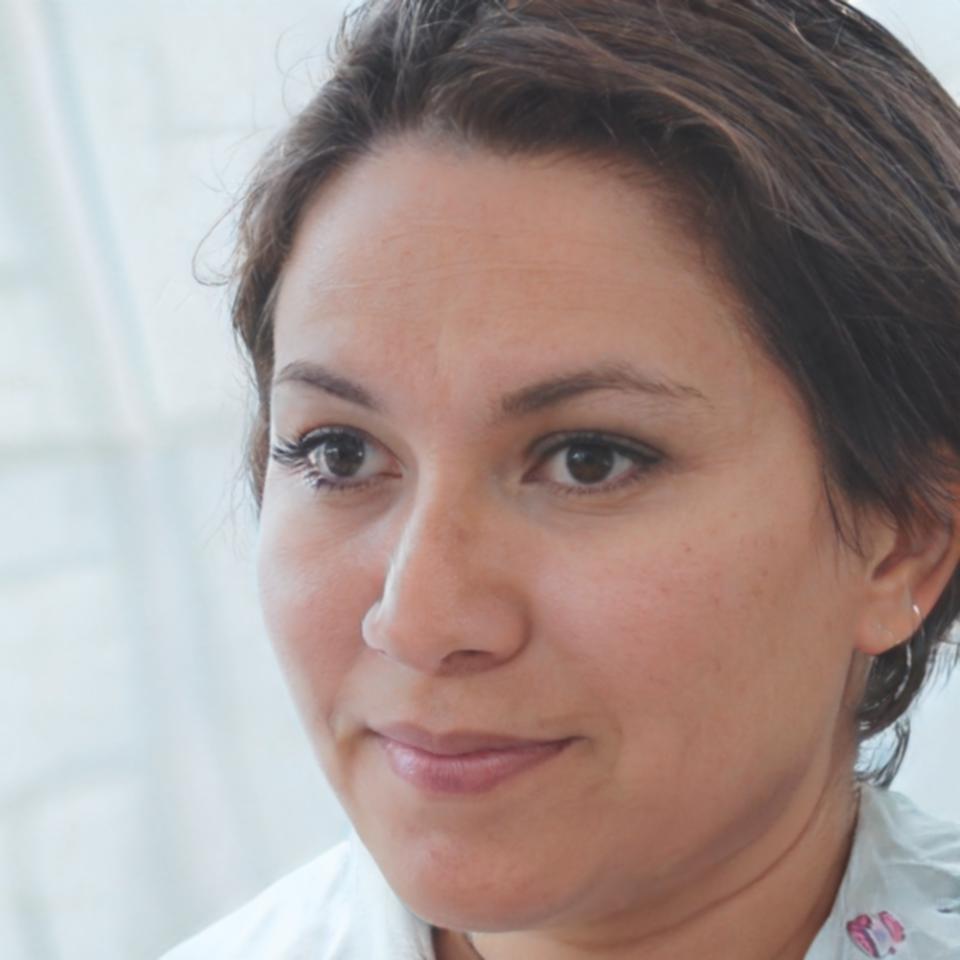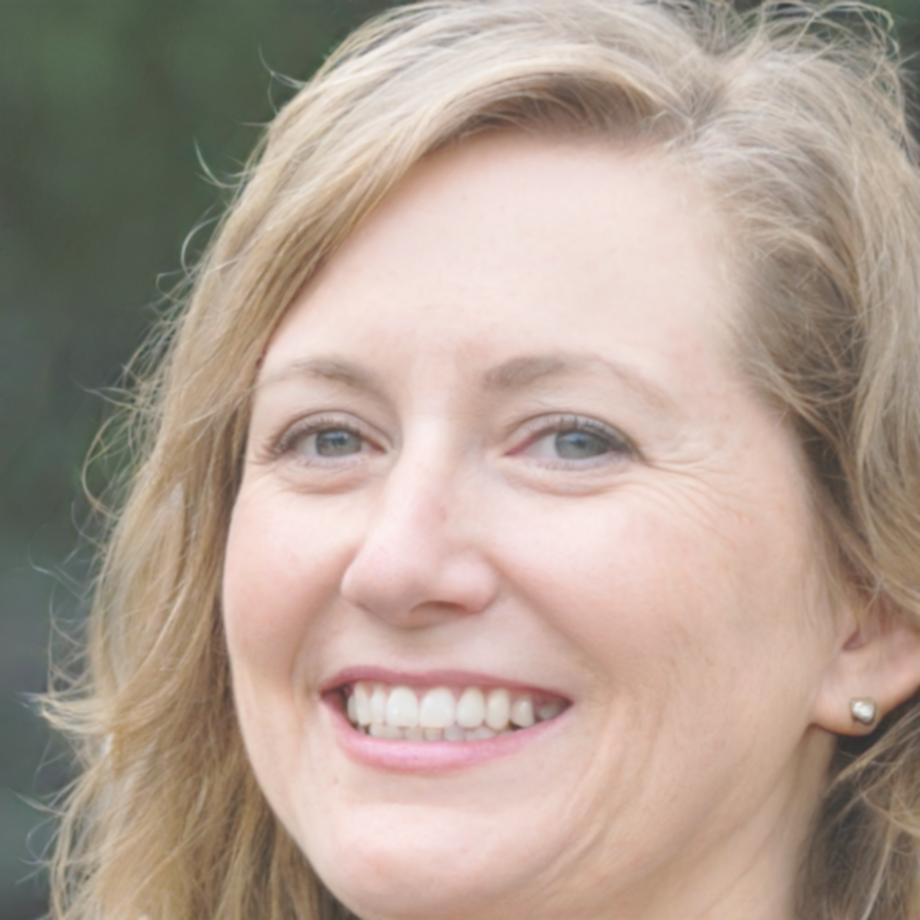Computer Vision Development Program
Build practical skills in AI and computer vision through hands-on projects and real-world applications
Our program starts in September 2025 and runs for nine months. You'll work with actual datasets, train neural networks, and build systems that solve tangible problems. No magic promises—just focused learning with experienced instructors who've built production systems.
Request Program DetailsLearning Path Structure
We've organized the curriculum into six modules that build on each other. Each one takes about six weeks and includes both theory and practical work.
Python & Data Foundations
Start with Python programming fundamentals and data manipulation. You'll get comfortable with NumPy, pandas, and basic algorithms before moving into vision-specific work.
- Python syntax and data structures
- Working with arrays and matrices
- Data cleaning and preprocessing
- Version control with Git
Image Processing Basics
Learn how computers interpret images. We cover color spaces, filters, edge detection, and basic transformations using OpenCV and PIL.
- Image loading and manipulation
- Filters and convolutions
- Feature detection methods
- Image augmentation techniques
Neural Networks Introduction
Build your first neural networks from scratch, then move to frameworks like PyTorch. You'll understand backpropagation and gradient descent through hands-on coding.
- Network architecture design
- Training loops and optimization
- Loss functions and metrics
- Debugging model performance
Convolutional Networks
Deep dive into CNNs—the backbone of modern computer vision. You'll work with established architectures and learn when to use different approaches.
- CNN layer types and design
- Transfer learning strategies
- Model fine-tuning techniques
- Performance optimization
Object Detection & Segmentation
Move beyond classification to detect and segment objects in images. Work with YOLO, Mask R-CNN, and similar architectures on practical datasets.
- Detection pipeline design
- Bounding box prediction
- Instance segmentation
- Real-time processing considerations
Deployment & Production
Learn to deploy models in real environments. Cover API design, model optimization, monitoring, and handling edge cases in production systems.
- Model serving and APIs
- Performance monitoring
- Edge device deployment
- System integration patterns

How the Program Works
We know people have different schedules and learning preferences. That's why we've built flexibility into the structure without sacrificing depth.
Live Sessions
Two evening sessions per week (7-9 PM Taiwan time) with instructors. These cover new concepts, live coding demos, and Q&A. Sessions are recorded if you need to catch up.
Project Work
Most learning happens through projects you complete at your own pace. Each module has 2-3 assignments that mirror real development tasks. You'll get code reviews and feedback from instructors.
Study Groups
Optional small group sessions organized by participants. Many students find these helpful for working through challenges together and sharing different approaches.
One-on-One Support
Book office hours with instructors when you're stuck. Most students use this 3-4 times during the program for specific technical questions or project guidance.
Support Throughout
Active Discussion Forum
Get help from both instructors and fellow students. Most questions get answered within a few hours. The community sticks around after graduation too.
Resource Library
Access curated papers, tutorials, and code examples. We add new resources based on student questions and current developments in the field.
GPU Access
Cloud computing credits included for training models. No need to own expensive hardware—you'll have what you need to complete all assignments.
Career Guidance
Optional sessions on portfolio building and technical interviews. We share what hiring managers look for based on our experience, but we don't promise job placements.
September 2025 Cohort
Applications open in May 2025. The program costs NT,000 for the full nine months, which includes all materials, GPU credits, and instructor access. We accept 24 students per cohort to keep group sizes manageable.



